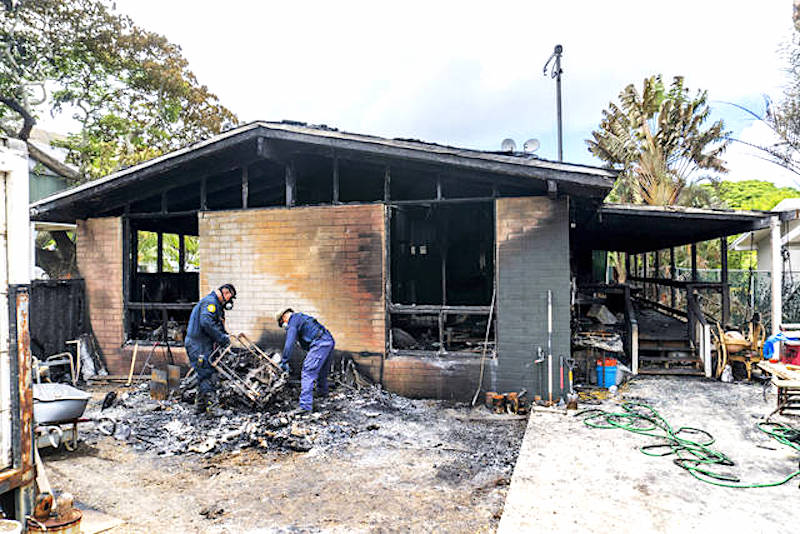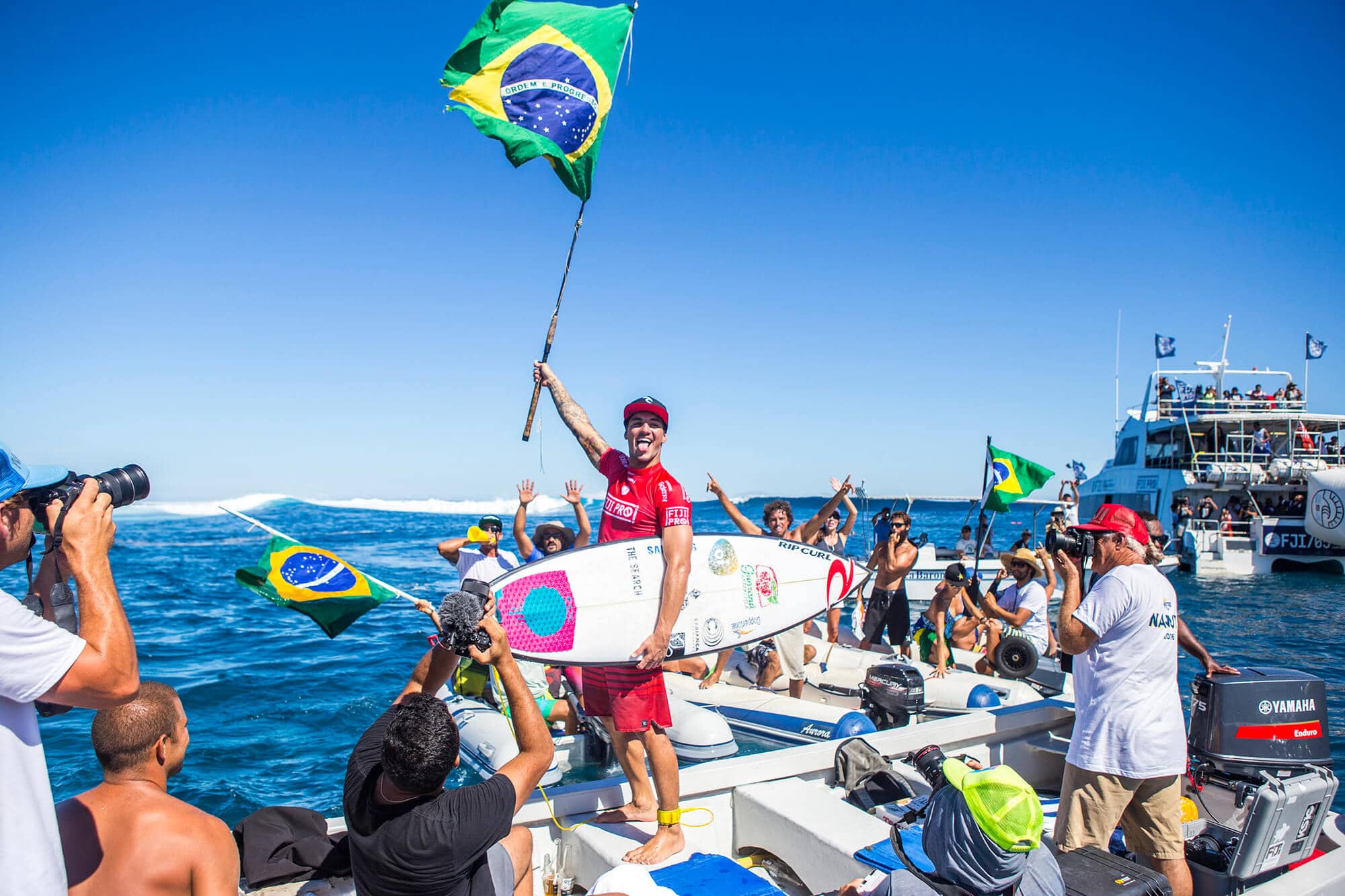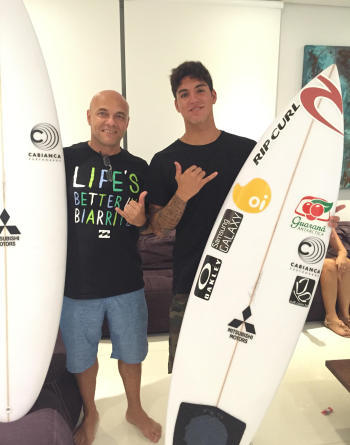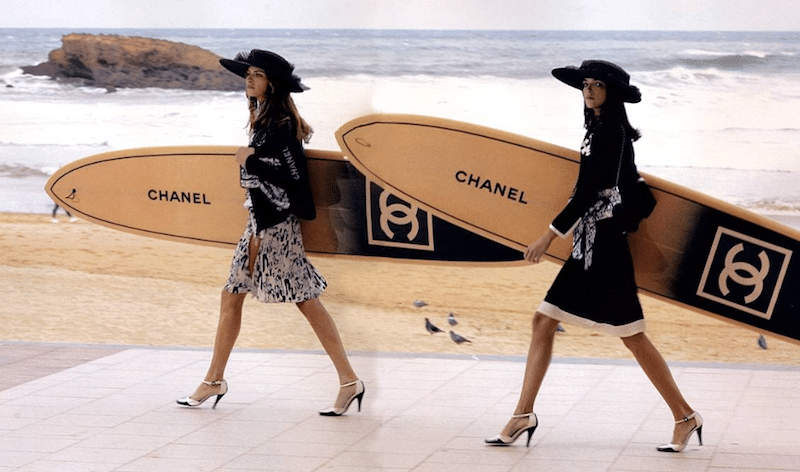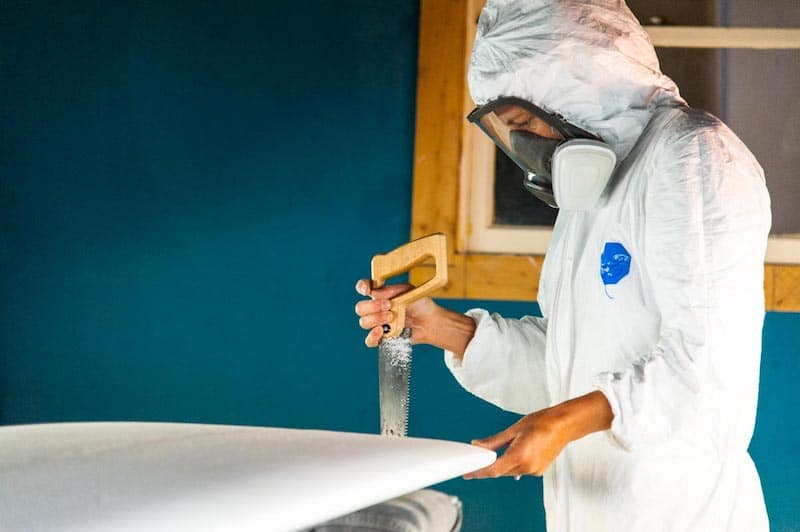A shocking surprise!
One thing that I enjoy very much is sharing real truths about surfing with the non-surfing world. The WSL, in its mission to expand expand expand expand, spends much of its time spreading misinformation about the number of surfers, the potential reach of surfing, what surfers actually crave besides Michelob Ultra Gold brewed with Organic Grains etc. I am only but one small voice but want everyone to smell the cowshit of our future and especially the beautiful fashion world.
In the most recent Flaunt (the world’s current greatest fashion magazine) I was asked to write about “The Next Wave.”
So I did.
The next wave smells like horseshit and cowshit and Immigration and Customs Enforcement two day old Old Spice rotting underneath unnecessary bullet proof vests. Did you know that? Like Diesel Ford F-350 exhaust and also unwanted steak cut fries with the slightest touch of Indian casino cut-rate air filtration. It’s true.
Did you also know that the wave you grew up either surfing or watching, the one that smells like salt and baked sand and coconut suntan oil and cigarette smoke has been made redundant? That the ocean is no longer meaningful? That the dysphoria is here? I mean dystopia, of course, but really it’s all the same damned thing because, like sex/gender categories, the ocean is no longer meaningful and all thanks to the greatest surfer to ever live.
The Syrian named Robert Kelly Slater.
His creation is called Surf Ranch and it thrust itself onto the world consciousness not yet two years ago via Instagram. A year and a half ago, I suppose, in December when civilians are thinking about Christmas and Chanukah and (the atheists) New Year’s Day and Instagram is filled with “Happy Holidays” messages but surfers are thinking about professional surfing and the always scintillating end to professional surfing’s calendar on Oahu’s North Shore.
A wonderful work-a-day Brazilian plumber had just been crowned Surf Champion of the World after winning the World Surf League’s final stop at Da Banzai Pipeline, you see, and Da Banzai Pipeline is the most iconic wave in the entire world, smelling of frangipani and Heineken and cocaine.
Pipe, what locals and hangers-on call it, breaks there in Hawaii with its iconic “beach vibes” and “aloha spirit” etc. in the ocean and the Li’l Plumber was thrilled, beyond thrilled, as was his right. He had conquered the seven seas. He had smashed other professional surfers in Australia and Europe and Africa and America and Oceana and was now he was in Hawaii, the birthplace of surfing, hoisting a Koa wood trophy above his head on those perfect Hawaiian sands but R. Kelly Slater thought otherwise. He thought, “This is the moment for the dysphoria to take its hold.” And so he posted a video of the wave he had been working on in a repurposed waterski lake in Lemoore, California some 100 + miles away from the Pacific to his 1.3 million follower strong Instagram.
All of those 1.3 million followers stopped dead in their tracks. The entire world for that matter, stopped wishing each other happy holidays and stared. They stopped and stared at this… this… this perfect wave peeling for hundreds of yards and barreling as it sped down the line. Gurgled off of a giant plow in a repurposed waterski lake some 100+ miles from the nearest ocean.
BARRELING!
Do you even know how… how… unreal that is? Every single other attempted manmade wave had been an abortion. A mockery of man’s ability to replicate what God does so effortlessly. They looked like waves, if the looker was high on drugs, but didn’t act like waves. They were gutless and feckless and downright silly.
But Kelly’s wave, his Surf Ranch, barreled and that first Instagram clip was passed from surfer to surfer to surfer with a breathlessness not seen since… well, not seen since ever.
It did not seem to matter, at the time, that Pipe with its palms and coral heads and salty blue water that is always the perfect temperature had just put on a show. It did not seem to matter, at the time, that Surf Ranch was shrouded in industrial farm mist and its water was the same shade of brown as horseshit and cowshit.
Surf Ranch seemed perfect. And Kelly Slater kept his foot on God’s throat releasing clip after clip after clip of himself crouched in minute long barrels, of his friends crouched in minute long barrels, of a few of his famous movie star friends trying to crouch in minute long barrels but getting lipped in the head instead, of his Surf Ranch and the future of surfing. Waves that can be conjured on demand. Waves that do the best thing on demand.
I stared like all surfers, like you, but felt a sickness in my heart. The dysphoria. And wondered if the future of surfing would be ugly, for lack of a better word. Tacky.
And then I got to go. An invite to Surf Ranch before many of Kelly’s other famous movie stars even received their invite. It was a gift to the fifteen very top surf journalists in the game and I wanted to be proven wrong and have the feeling of sickness in my heart washed away by perfect barreling waves on demand. I wanted to join the howler monkeys in their songs of praise for the death of God.
So I drove north and east, away from the ocean, with my best Australian pal who is also a very top surf journalist and we stayed the night in the nearby Indian casino sucking down the cut-rate air filtration and bourbon sodas in unfortunate small plastic cups and the next morning we woke early and drove the 1.3 miles to Surf Ranch.
It had been themed to look like a real ranch with natural wood finishings, branded logos, bad coffee and the smell of artichokes or some green vegetable rotting because the immigrants were too busy searching for their incarcerated babies to work the neighboring fields.
The very top surf journalists were all excited as was the staff and after a small breakfast the button was pressed and the wave, the perfect wave bubbled to life.
Wow. Wow wow wow wow wow and we all hung on the hewn wood railings and watched like dudes at a dude ranch except we were dudes at the Surf Ranch and going surfing. Four surf journalists stripped down, climbed into wetsuits then went and sat nervously along the chainlink fence that runs down the center of the lake, the entire two football field length.
That is where we were supposed to sit, we were all informed by the kind staff, along a chainlink fence in the middle of a repurposed waterski lake staggered all the way down like detention kids lining up for lunch. And then came the wave. The magnificent barreling wave and that first group of surf journalists surfed while the rest of us surf journalists ran up and down trying to figure out the best place to sit, the best place to tuck, the best place to get barreled, the worst place to fail in front of everyone on this perfect wave.
I was in the second group and was the second detention kid lined up for lunch. The water wasn’t too cold and the lack of salt didn’t seem to matter too much. The sky was grey and there were no palm trees and it smelled like John Deere but I was so nervous about failing in front of everyone that I didn’t seem to care.
And then it was my turn. My first wave, a right, was fine enough but I safety surfed, not wanting to make a wrong move and so looked as dumb as I felt. My second wave, a left, felt boring so I kicked out midway and a kind water safety man riding a jetski told me I was the first person to kick out midway on purpose. My third wave murmured toward me and I caught it and tucked for the barrel and crouched for two full seconds until the wave, the perfect wave, lipped me in the head, smashed me off the vinyl bottom and dislocated my shoulder.
I popped up knowing my experience was my bad attitude’s fault but also hating the future. Getting hurt in nature feels manly. Getting hurt in a repurposed waterski lake feels goofy.
Fuck the next wave.



